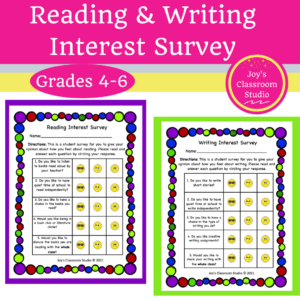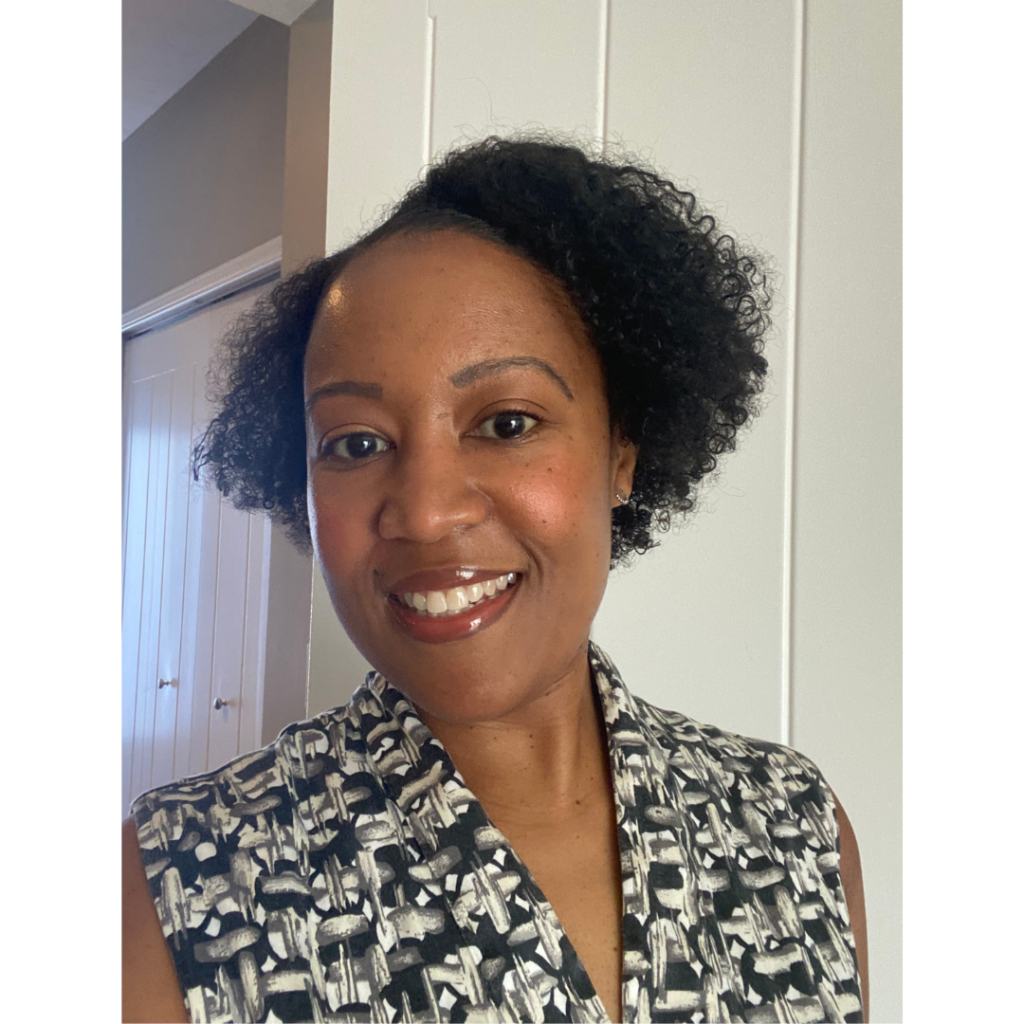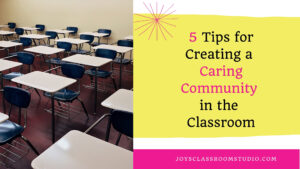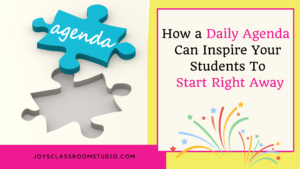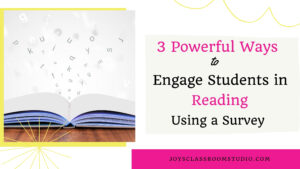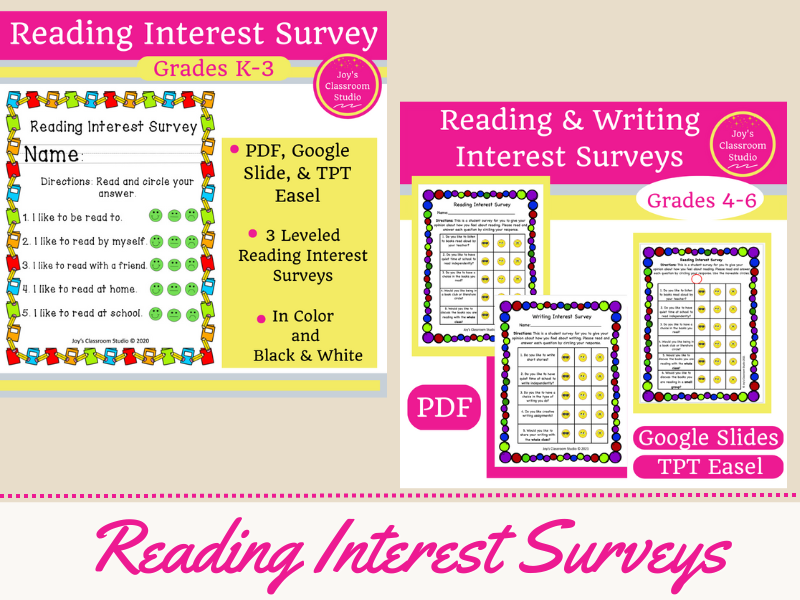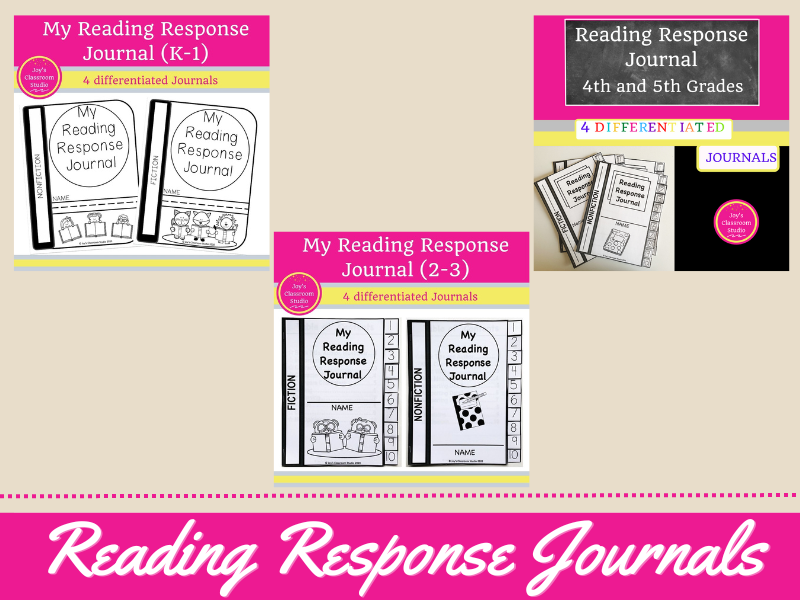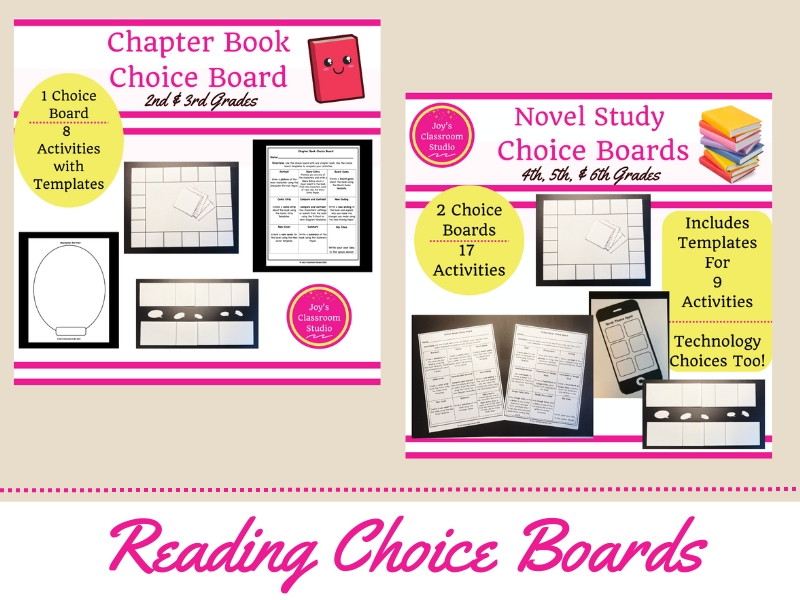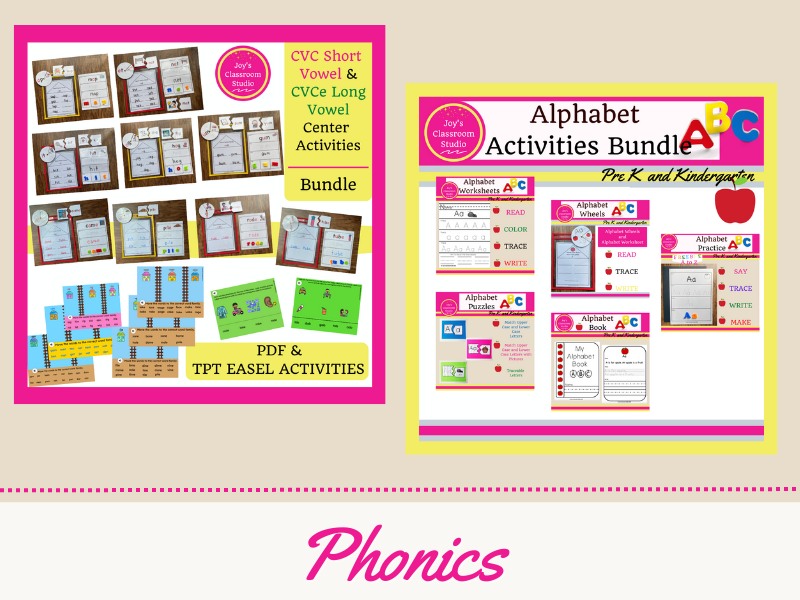
Reading and Writing Surveys in Upper Elementary
What do you think about surveys? Do you like to take them? Do you enjoy giving your opinion about something you have used or will use in the future? Well, survey results give important insight into how someone feels about a particular subject. Reading and writing surveys are important tools to use in the upper elementary classroom.
Using reading and writing surveys in upper elementary gives teachers the opportunity to learn about their students. And it gives fourth, fifth, and sixth grade students a way to voice their opinions. Students can inform their teachers about their likes and dislikes in reading and writing.
An added bonus is that students may discover their own reading and writing behaviors. They may do this while completing their reading and writing surveys. Up next, you’ll read about 3 Ways to Use Reading and Writing Surveys in Upper Elementary!
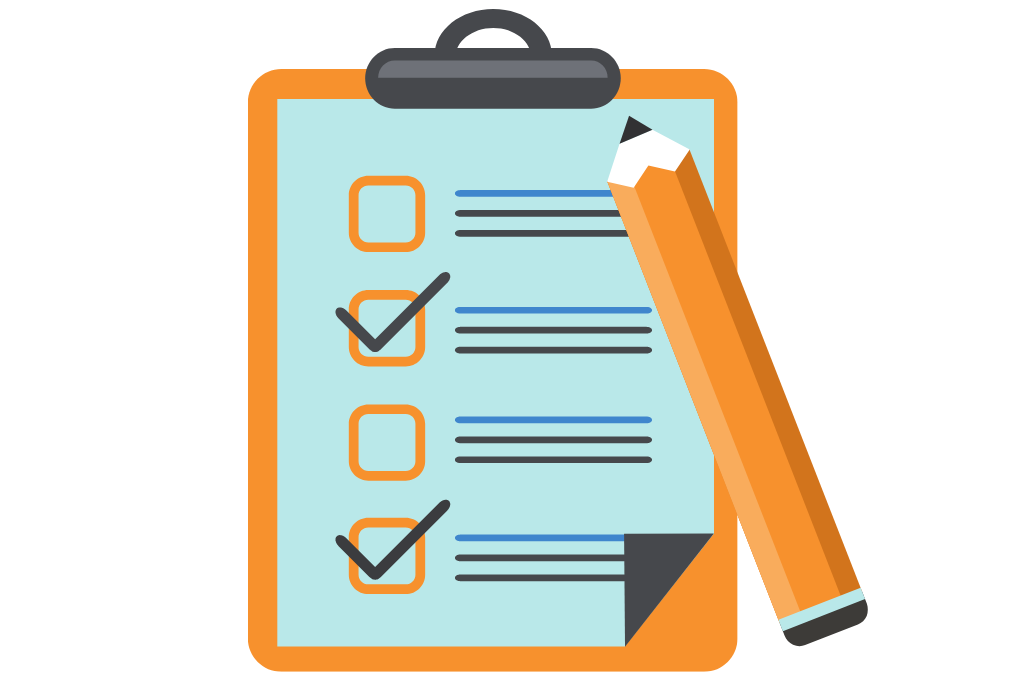
#1 Use Reading and Writing Surveys At The Beginning of The School Year
The beginning of the school year is an excellent time to give students reading and writing surveys! Most students in fourth, fifth, and sixth grade are excited to be back in school. What a perfect time to ask them for their opinion about reading and writing. Students are eager to give us their point of view! We can discover topics upper elementary students want to learn about. Plus uncover students reading styles when gathering survey information. The data gained is beneficial to use all year!
Reading and writing surveys permit students to voice their opinion about their interests. Put this data to good use at the beginning of the school year. Since you are still setting up your classroom it’s easier to include students’ likes. Perhaps you add areas in the classroom where students can read independently, or with a partner. You could include individual seating areas, carpet space, or alternative seating! Or maybe you set up a mini writing station.
Wondering what read-alouds to use with your class this year? Use reading survey data to help guide book choices to read aloud to your class. Are you thinking of implementing daily journal writing? But your survey results show that students like creative writing more than journal writing. Have students do creative writing instead of journal writing. Students are still getting in writing practice but just doing it in a different form.
#2 Use Reading Surveys To Focus On Students Reading Interests
Reading Preferences
Using a reading survey encourages students to share with you their reading preferences. Students can let you know if they like to read independently. Or maybe they like to read with a partner or in a small group. Instead of doing silent reading, you can change things up a bit by having students read according to their reading preferences. Do you have some who prefer to read independently, with a partner, or in groups? Use this time and have them read independently, with a partner, or in small groups. Everyone doesn’t have to be doing the same thing.
A reading survey can also let you know how your students feel about reading. You can find out if they love to read or dislike reading altogether. Maybe you discover that some students read during their free time at home. While others only read during your reading block at school. This is great information that lets you know your students as a reader!
Questions you can ask students about their reading preferences are…
Would you like to have quiet time at school to read independently?
Do you enjoy reading?
Do you read at home after school?
Guided Reading
During guided reading, you are meeting with a small group of four to five students. With your small group, you are focusing on reading strategies and skills while using a text.
Do you need help picking out reading text? Reading surveys can be used as a guide in choosing the text to use with your small groups. Choosing books that students are interested in can help keep them engaged with what they are reading.
Asking students questions about what they need help with in regard to reading strategies is valuable! Use the results you gain to drive instruction in your small groups.
When using a reading survey, be sure to ask a variety of questions. Ask your students if they struggle with understanding what they have read. If they need assistance in breaking down larger words or if they know how to use context clues.
Questions you can ask students that could help with guided reading are…
Would you like help in understanding what you read?
Do you need help reading larger words?
Do you know how to use context clues to help you read?
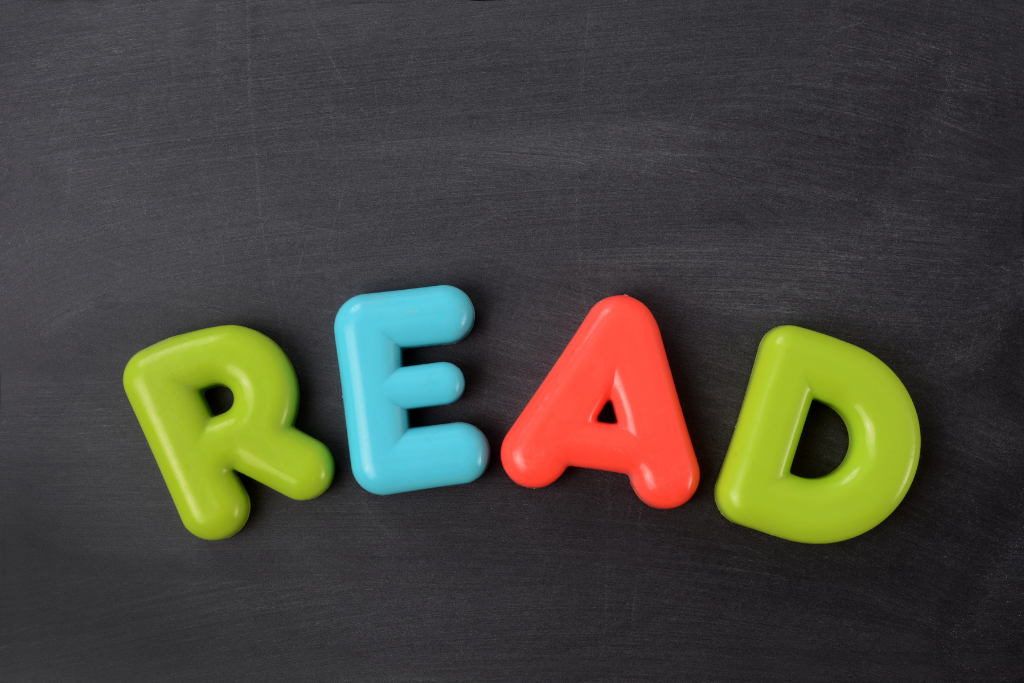
Novel Studies or Book Clubs
You can create book clubs and novel study groups by grouping students who enjoy reading the same genre together. Try putting a few students who love to read with those who don’t particularly care to read. This way, students can see their peers enjoying reading. Their peers can model what reading looks like and positively affect those who may not enjoy reading.
Make a mystery book club, a historical fiction book club as well as other genre clubs. Students are more inclined to participate in reading if it is something that they find interesting. I know there are times when they have to read required materials that they may not find interesting. But we should use the moments we have to get them engaged in reading when we can do so! To read more about how I use novel studies in my classroom to help students enjoy reading. Read my blog post “Why Use Novel Studies?”.
Questions you could ask your students to use with novel studies or book clubs are…
Do you like reading poetry?
Would you like to read biographies?
Do you like reading mysteries?
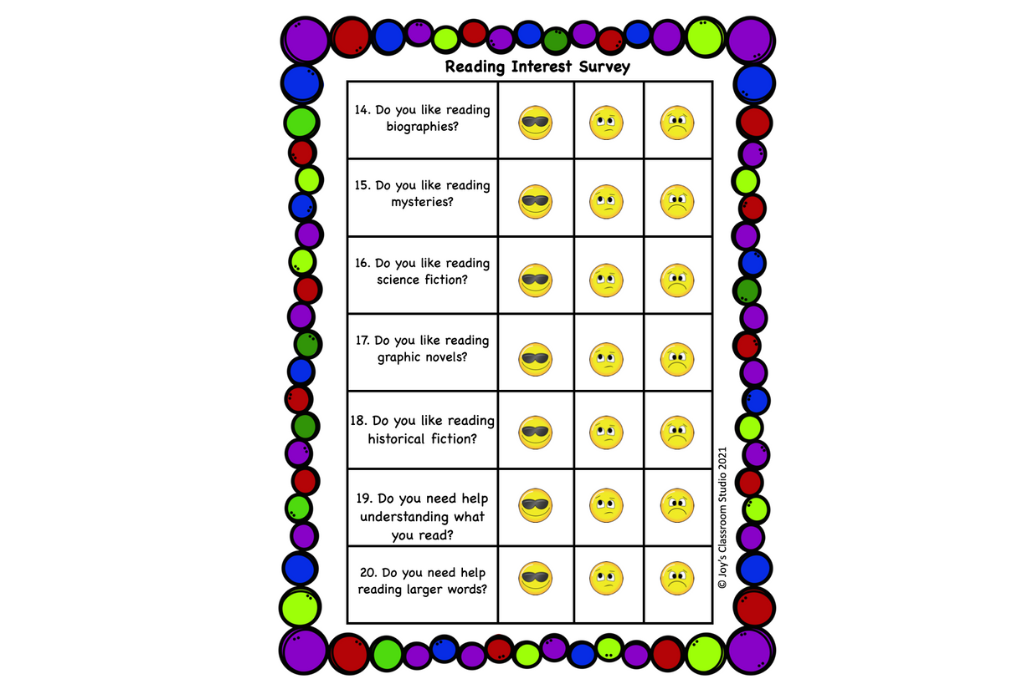
#3 Use Writing Surveys To Focus On Student’s Writing Interests
Giving your students a writing survey is just as important as giving them a reading survey. I know a reading survey is more common than a writing survey. However, the data you collect about student writing preferences can be used in setting up a writing area in your classroom. It is also helpful in understanding students’ writing habits in school and at home. Use data from a writing survey in providing writing assignments to your students throughout the school year.
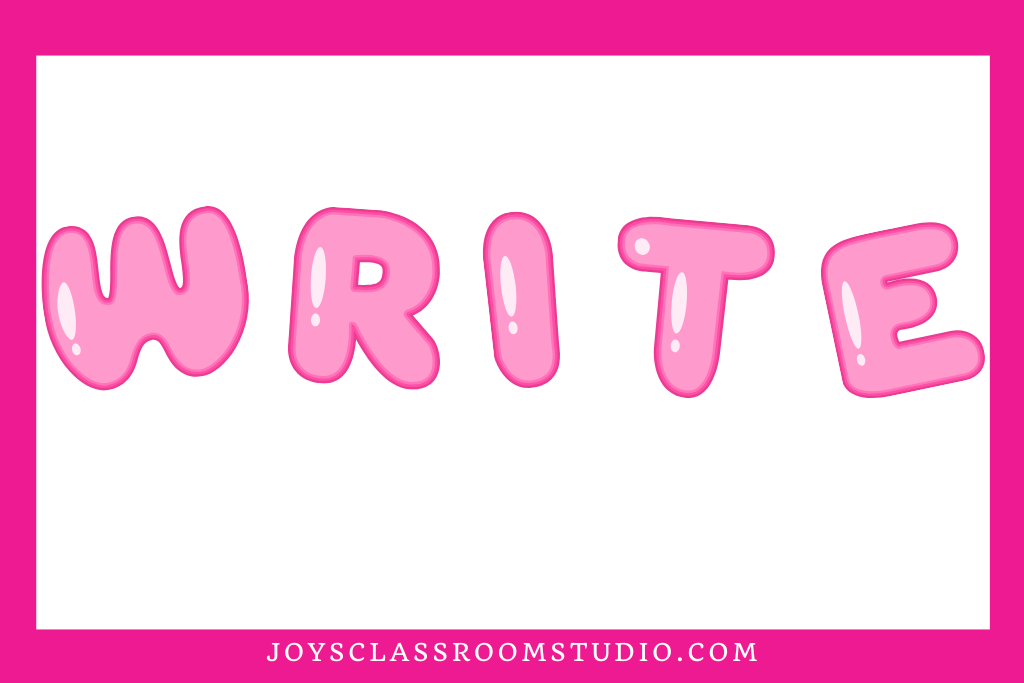
Writing Preferences
Upper elementary students have writing preferences just like they have reading preferences. Their writing preferences may be different than their reading preferences. Maybe some students love to write by themselves. While others may need assistance from a peer or prefer writing in a small group. Knowing students writing preferences can help teachers provide instruction in a variety of ways. Using a variety of teaching methods gives way to meeting the needs of all students.
Questions to ask students about their writing preferences are…
Do you like to have quiet time at school to write independently?
Would you like to have a choice in the type of writing you do?
Do you like to type your writing assignments?
Writing Likes and Dislikes
Each student is different when it comes to their feelings about writing. As teachers, we can provide instruction that is close to students’ preferences. We may not be able to meet their likes 100 percent of the time but we can still be aware of them. Using data from writing surveys can help us understand why a student may not be writing in class. Or why a student is eager to write.
Questions to ask students about their likes and dislikes on a writing survey are…
Does writing come easily to you?
Do you find writing difficult?
Do you enjoy writing?
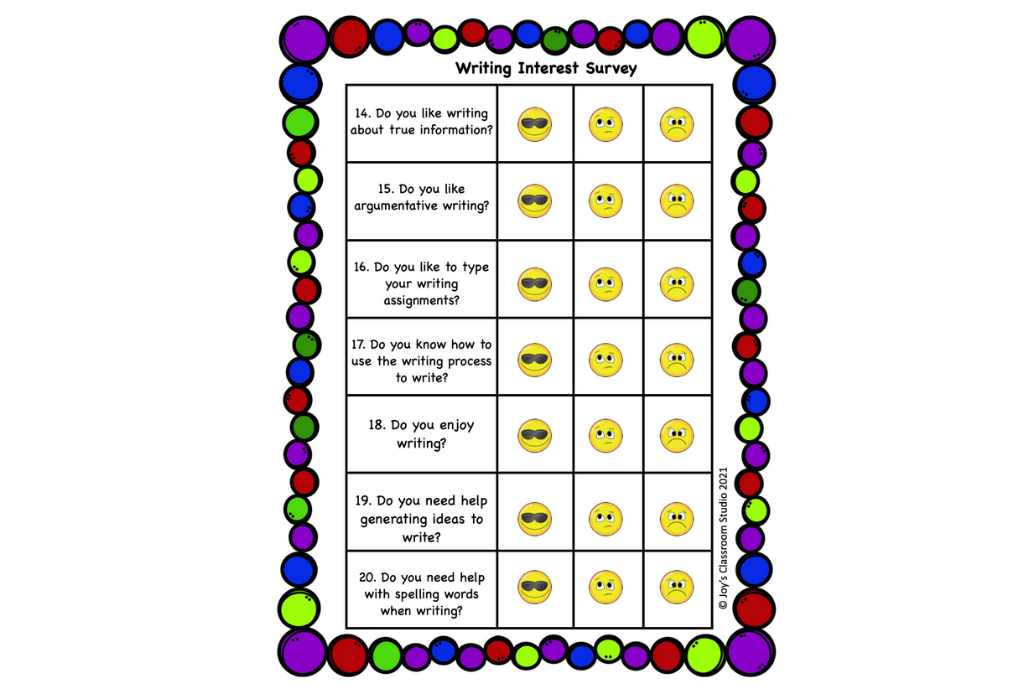
Writing Assignments
Do you struggle with knowing what writing assignments to give to your students? A writing survey is helpful in this area too! You can look at the survey results to see who is interested in different types of writing. Maybe some prefer narrative writing or informational writing. Pair up students who love to do research with students who dislike researching things. Use a writing choice board with multiple writing assignment choices. The choices can be a variety of writing assignments that many of your students may enjoy based on survey results.
Questions to ask students to help with creating writing assignments are…
Do you like to write short stories?
Would you like to have a choice in the type of writing you do?
Do you like creative writing assignments?
Conclusion
Like us, many students enjoy taking surveys. Upper elementary students want others to know what they like and dislike, especially when it comes to their learning. As teachers, we can use reading and writing surveys with our fourth, fifth, and sixth grade students to help drive our instruction. Remember, back to school time is ideal to give interest surveys to students. But it is not the only time to do so during the year. Giving a reading and writing survey mid- year is also very beneficial too! I hope you have gotten some ideas on how to use reading and writing surveys in your classroom. I have created a reading interests survey and writing interests survey for fourth, fifth, and sixth grade students. Here is the link to that product in my TPT store. If you are interested in how to use reading interest surveys with primary students. Read my blog post “3 Powerful Ways To Engage Students In Reading Using A Survey”.

